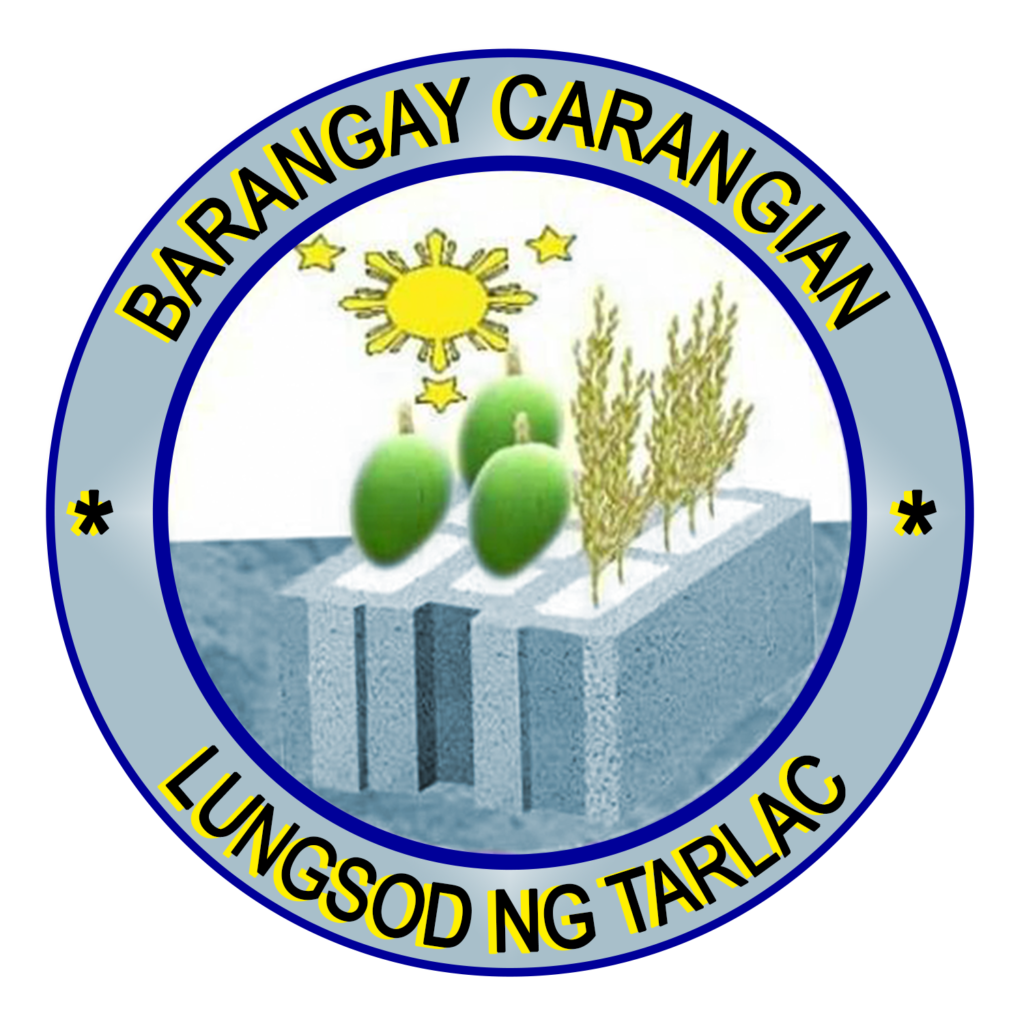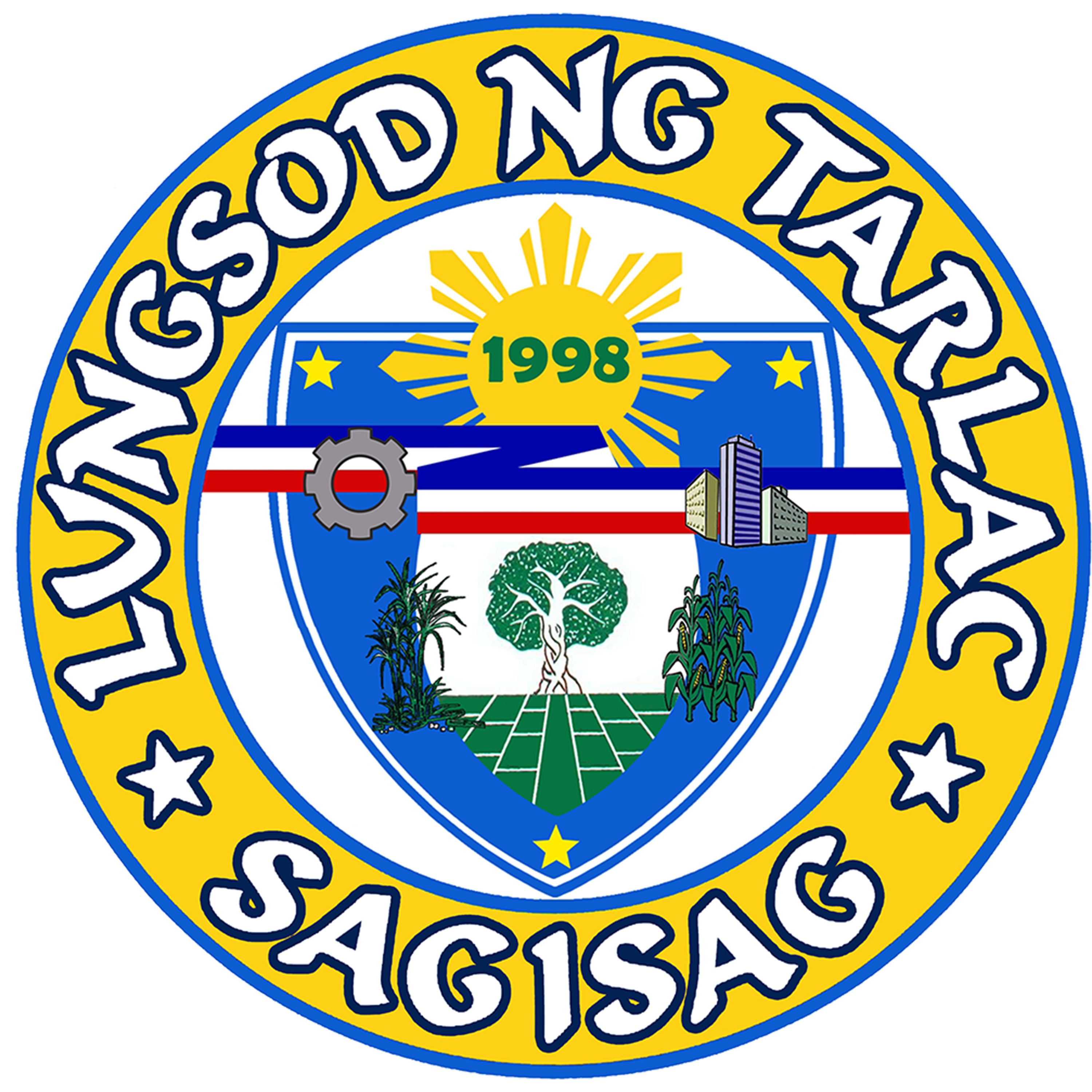
BARANGAY CARANGIAN HISTORY
Barangay Carangian is one of the 19 barangays enclosed in the West District Division of the 76 Barangays in Tarlac City. Barangay San Roque bound it on the East, Tibag on the West, San Pablo on the North, and Barangay San Pablo on the Northeast.
It is approximately 2.8 kilometers away from city proper. It has a total land area of 133.60 hectares corresponds to agriculture, residential and industrial area.
Barangay Carangian classified as Rural Barangay, it has a total population of ten thousand one hundred ninety five (10,195) as of 2020, and a household population of two thousand four hundred sixteen (2,416).
Barangay Carangian was both agricultural and commercial barangay. Farming is also one of their sources of livelihood. They cultivate palay, vegetables and corn. Other residents were employees, laborers, construction workers, drivers, and so on. Some has their own business stall such as sari-sari stores, canteen and others.
Barangay Carangian lies in the western part of Tarlac City, the Capital town of Tarlac province. The Tarlac River in the northwest and Romulo highway in the Southwest bound it. Its inhabitants sometimes called riversides for its lies along the side of the Tarlac River. It is composed of five Sitios: Paroba, Pangulo, Centro, Paninaan, and Tambol, the economic census in 1983 shows that farming is its chief industry. Other means of living are sawali making, gravel and sand industry, and poltry and rising, lumber and sash factory. It is relatively a progressive barangay. It has a complete elementary school, a barangay chapel, clinic, hall, and an auditorium.
Baranagay Carangian is folklores. The old have two versions of how it gets its name. One is that once an Ilocano woman was washing clothes in the river. An American soldier approached her and asked for the name of the place. The old woman did not understand him. All she answered was “Carayan”, meaning river in Ilocano. It modified and become Carangian, later. Since then the place has called Carangian.
Another version is that the place was once flooded when the Tarlac River overflowed during the rainy seacon. The place was over run with gravel and sand. It was expected that nothing would thrive in the newly flooded place. But it was a wonder that everything that was planted grew well. The farmers harvest double his usual harvest they had. Since then, the place has been called “Karangian” soon change to “Carangian” when it became a chartered barangay in 1911.
Ninety percent of the total populations are Pampango, and the rest are Tagalog, Bisaya, Pangasinense, and Ilocano.
Barangay Carangian celebrates their feast day every March 19-20 as a thanksgiving to the Patron Saint Joseph. . Saint Joseph after Our Lady, the holiest mere man who ever lived. He is Patron of Carpenters and Patron of Workers.
